
Pets are family, and we love taking them along for the ride, whether it’s to the park, the vet, or on a grand adventure. But let’s be honest, the downside often appears clinging to our car seats, embedded in the carpet, and decorating every surface: pet hair. It’s a universal challenge for animal lovers, transforming even the cleanest vehicle into a furry wonderland faster than you can say ‘shedding season.’
Dealing with dog or cat hair in your car can feel like an unending battle. Regular vacuuming often falls short, leaving behind those stubborn, deeply embedded strands that seem to defy all efforts. We know the frustration of trying to maintain a pristine interior while also enjoying the companionship of our beloved furry friends, but the good news is, you don’t have to choose. There are plenty of ingenious, practical solutions out there waiting to be discovered.
As your trusted guide to making life easier, we’ve compiled a comprehensive list of the most effective, straightforward, and often surprising hacks to banish pet hair from your car seats and interior for good. From preventative measures to quick fixes and deep-cleaning techniques, we’re diving deep into the actionable advice you need to reclaim your car from the clutches of fur. Get ready to transform your vehicle into a hair-free zone with these expert-approved strategies!
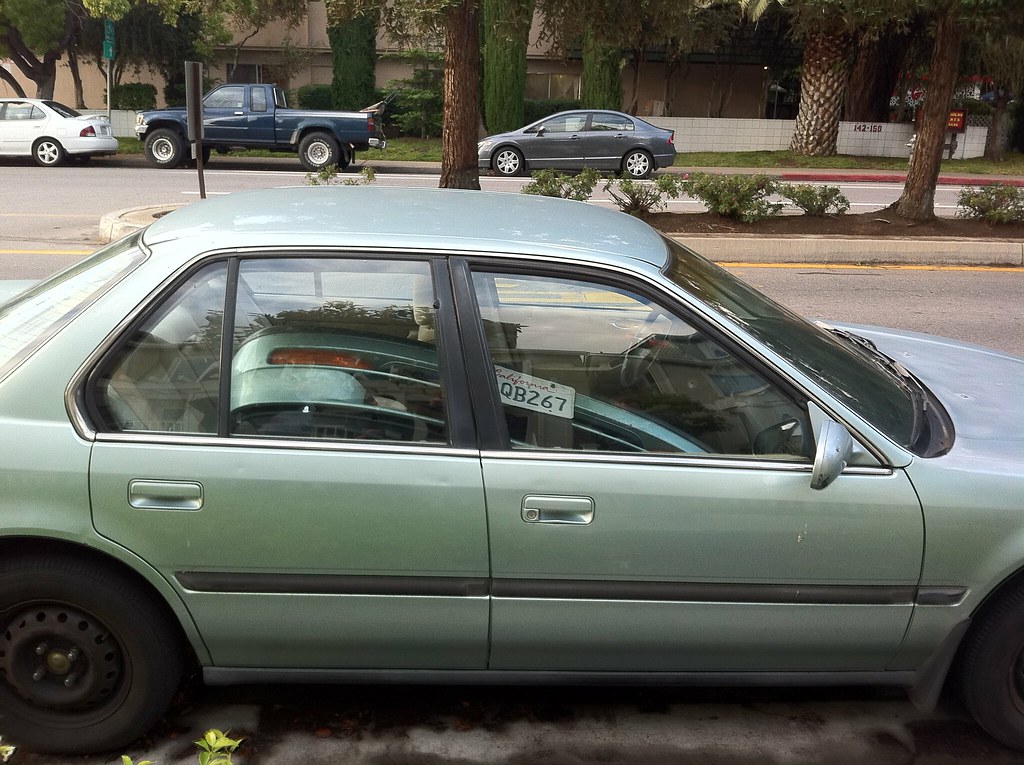
1. **Regular Grooming & Prevention**Pet hair accumulation in your car doesn’t just happen overnight; it’s a gradual process. One of the most effective ways to combat it is by tackling the source directly: your pet’s shedding. The American Kennel Club (AKC) strongly advocates for a consistent grooming routine, including frequent washing and brushing. This proactive approach significantly reduces the amount of loose hair available to make its way into your car’s upholstery. It effectively nips the problem in the bud before it even starts.
Think of it as preparing your pet for their journey. A thorough brushing session right before they hop into the car can make a world of difference. This simple step captures a significant portion of loose fur that would otherwise end up clinging to your seats and carpets. By removing this hair in a controlled environment, you’re keeping your car cleaner and making your pet more comfortable. It’s a win-win strategy with minimal effort for maximum impact.
Beyond grooming, preventative measures within the car itself are incredibly powerful. A seat cover is an excellent first line of defense against built-up hair. These covers act as a barrier, protecting your original upholstery from direct contact with shedding fur. They are typically easy to install, remove, and most importantly, wash. This means you can simply take them out, shake off the hair, or toss them in the laundry, rather than wrestling with embedded fur in your actual car seats.
Furthermore, consider keeping your pet restrained while in the car. This isn’t just about safety, but also about limiting their movement and the spread of hair. When a pet is allowed to roam freely, they can rub against multiple surfaces, depositing hair everywhere. Restraining them confines the hair to a smaller, more manageable area, often already protected by a seat cover or blanket. This focused containment makes cleanup significantly easier and more efficient in the long run.
Read more about: Beyond the Leash: 12 Essential Lifehacker Tips for a Stress-Free Pet Travel Experience

2. **Vacuum Cleaner Techniques**When tackling pet hair already in your car’s interior, the vacuum cleaner stands out as “one of the best ways” to get the job done. This is according to Washington-based car detailer Big’s Mobile Detailing. However, simply running a vacuum over the seats isn’t always enough. The secret lies in employing specific techniques and utilizing the right tools to maximize its effectiveness against stubborn fur. Most vacuums are perfectly suited for this task, especially when equipped with an attachment designed for reaching tricky small crevices where hair loves to accumulate.
The key to unlocking your vacuum’s full potential for pet hair removal is in your motion. Employ a “lifting motion when vacuuming automobile carpets.” This technique actively dislodges and pulls loose hairs up and out of the carpet fibers, rather than just gliding over them. Imagine gently raking the fibers to release the hair, allowing the suction to effortlessly whisk it away. It’s a subtle shift in technique that yields dramatic results, separating embedded fur from its cozy nesting spots.
Crucially, Big’s Mobile Detailing also advises against using hard plastic vacuum heads. These could potentially harm your car’s upholstery or carpet fibers. Opt for softer brush attachments or specialized pet hair tools designed to agitate fibers without causing damage. These specialized attachments often feature motorized brushes or rubberized components. They are incredibly efficient at gathering and lifting pet hair, making light work of even the most deeply embedded fur.
Beyond mechanical action, a good vacuum’s power lies in its suction and filtration. Strong suction is essential for pulling hair from fabric, capturing deep-seated strands. Many modern vacuums also come equipped with HEPA filters. A 2021 study by the American Lung Association indicates that HEPA filtration significantly improves indoor air quality by reducing allergens. Regular vacuuming is a preventative maintenance strategy, preventing hair from building up to unmanageable levels.
Read more about: Unlock Top Dollar: The Ultimate Popular Mechanics Guide to Boosting Your Car’s Resale Value Through Smart Detailing

3. **Rubber Gloves Method**Sometimes the simplest tools are the most effective, and that’s certainly the case with rubber gloves for pet hair. This ingenious method is a game-changer for dislodging fur from car seats and carpets. Whether you use standard rubber gloves, or even latex or Nitrile, the principle remains the same. Those with some texture on the palm often provide the best results, offering enhanced grip and hair-attracting properties.
The magic of the rubber glove lies in its ability to generate static electricity when rubbed against fabric surfaces. As you don the glove and run your hand in one direction along the seats and carpets, the friction creates a static charge. This static, combined with the inherent stickiness of the rubber, causes pet hair to cling to the glove, effectively pulling it from the upholstery. It’s a surprisingly tactile and satisfying way to gather even deeply embedded strands.
For optimal results, it’s often best to work from the top down. This allows any loosened hair to fall downwards for easier collection. If a dry glove isn’t quite effective, slightly dampen it. A lightly moistened glove helps the hair to clump together, making it even easier to lift away. This dampening technique is also applicable if you’re using a damp washcloth or sponge, which can be equally effective for picking up stray hairs.
The effectiveness of rubber gloves isn’t just anecdotal; it’s rooted in scientific principles. A 2019 study by Texas A&M University confirmed that static charge can indeed enhance hair removal efficiency. Furthermore, the textured surface of rubber gloves provides an excellent grip on hair, allowing you to stroke a surface and gather hair into impressive clumps. This makes it possible to pick up multiple strands at once, significantly speeding up the cleaning process.
Read more about: Unleash Your Inner Mechanic: 15 Essential DIY Car Hacks to Save a Fortune on Maintenance
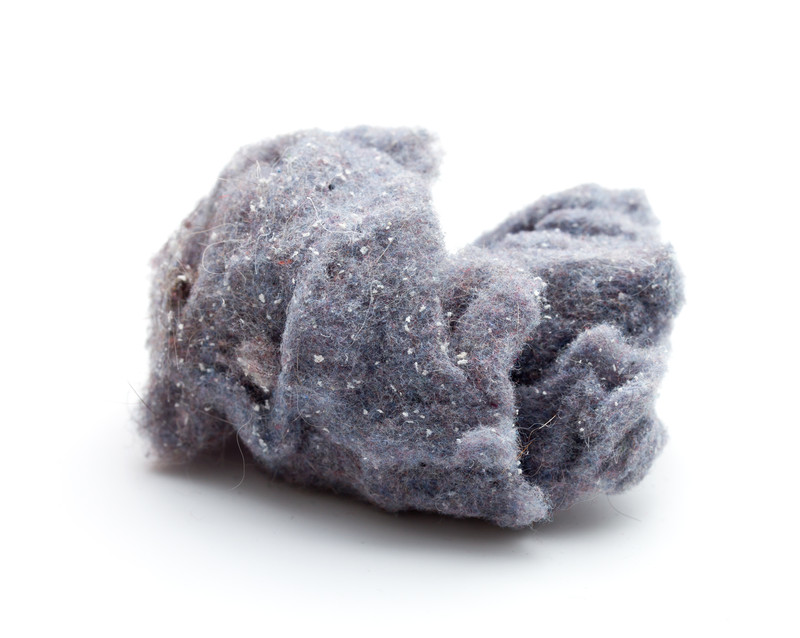
4. **Lint Rollers & Tape Method**For quick touch-ups or immediate solutions for visible pet hair, lint rollers and the more robust tape method are invaluable. The classic lint roller, with its sticky adhesive sheets, offers a convenient way to pick up loose hairs from upholstery. Simply rolling it over affected areas efficiently lifts surface hair, making it a favored, compact solution for many pet owners. A 2019 survey by Pet Product News indicated that “around 78% of pet owners keep lint rollers in their homes” for this purpose.
While traditional lint rollers excel at superficial hair, sometimes you need more stick. This is where the “tape method” comes into play, utilizing common household packing or duct tape. The context explicitly states these tapes often work “even better” than standard lint rollers due to their “stronger adhesive.” This increased stickiness allows them to grab more stubborn strands that lint rollers might miss.
To use the tape method effectively, wrap the tape around your hand with the sticky side facing outwards. Then, press and lift it along surfaces where you’re removing pet hair. This technique is useful for tight spots or intricate areas. As the tape collects hair, its efficiency will decrease, so remember to replace it with a fresh piece. One significant advantage of packing tape is that it “doesn’t leave behind a super sticky residue,” a common concern with stronger adhesives.
The market also offers specialized lint roller alternatives and sticky solutions. The ChomChom Roller is highly regarded for capturing pet hair “without needing adhesive sheets,” using micro-bristle technology. Other effective options include the Scotch-Brite Pet Hair Roller and the Evercare Pet Mega Roller. Reusable options like the FURemover Pet Hair Removal Broom (static electricity) and pet hair removal gloves offer sustainable alternatives. Incorporating an adhesive method provides a fast, efficient way to manage loose fur.
Read more about: You Won’t Believe These 14 Home Gadgets Blew Up on TikTok – And Actually Deliver

5. **Fabric Softener Spray**Sometimes, the solution to a stubborn problem lies not in brute force, but in a clever chemical reaction. That’s precisely where fabric softener spray shines in the battle against pet hair. Home cleaning brand TruEarth recommends a simple yet highly effective wet method: mixing one part fabric softener with three parts water in a spray bottle. This homemade solution works wonders on car upholstery, making hair removal significantly easier.
The science behind this hack is quite elegant: “The fabric softener helps to relax and release the hair from the fabric,” as stated by TruEarth. Pet hair often becomes deeply embedded and clings stubbornly to upholstery fibers due to static electricity and the natural weave of the fabric. The fabric softener works by reducing this static cling and lubricating the fibers, effectively loosening the hair’s grip. It doesn’t dissolve the hair, but rather makes it much more amenable to being removed by other tools.
To use this method, lightly mist your car’s upholstery with the diluted fabric softener solution. You don’t need to soak the fabric; a fine, even mist is sufficient. After allowing the solution a few moments to work its magic, you can then proceed to wipe the interior with a dry cloth, or follow up with another removal method. The pre-treatment with fabric softener will ensure that the hair lifts away with remarkable ease, often clumping together for simpler collection.
This method is particularly useful when dealing with vast areas of hair or when the fur seems firmly intertwined with the fabric. By reducing the static electricity that often binds hair to surfaces, the fabric softener spray prepares the upholstery for a more efficient cleaning experience. It’s an excellent preparatory step that enhances the performance of subsequent mechanical removal techniques. Pet owners often use homemade solutions, as noted in a 2021 guide by Good Housekeeping, proving its efficacy.
Read more about: 13 Crucial Household Items You Should Be Cleaning Every Single Day for a Healthier Home
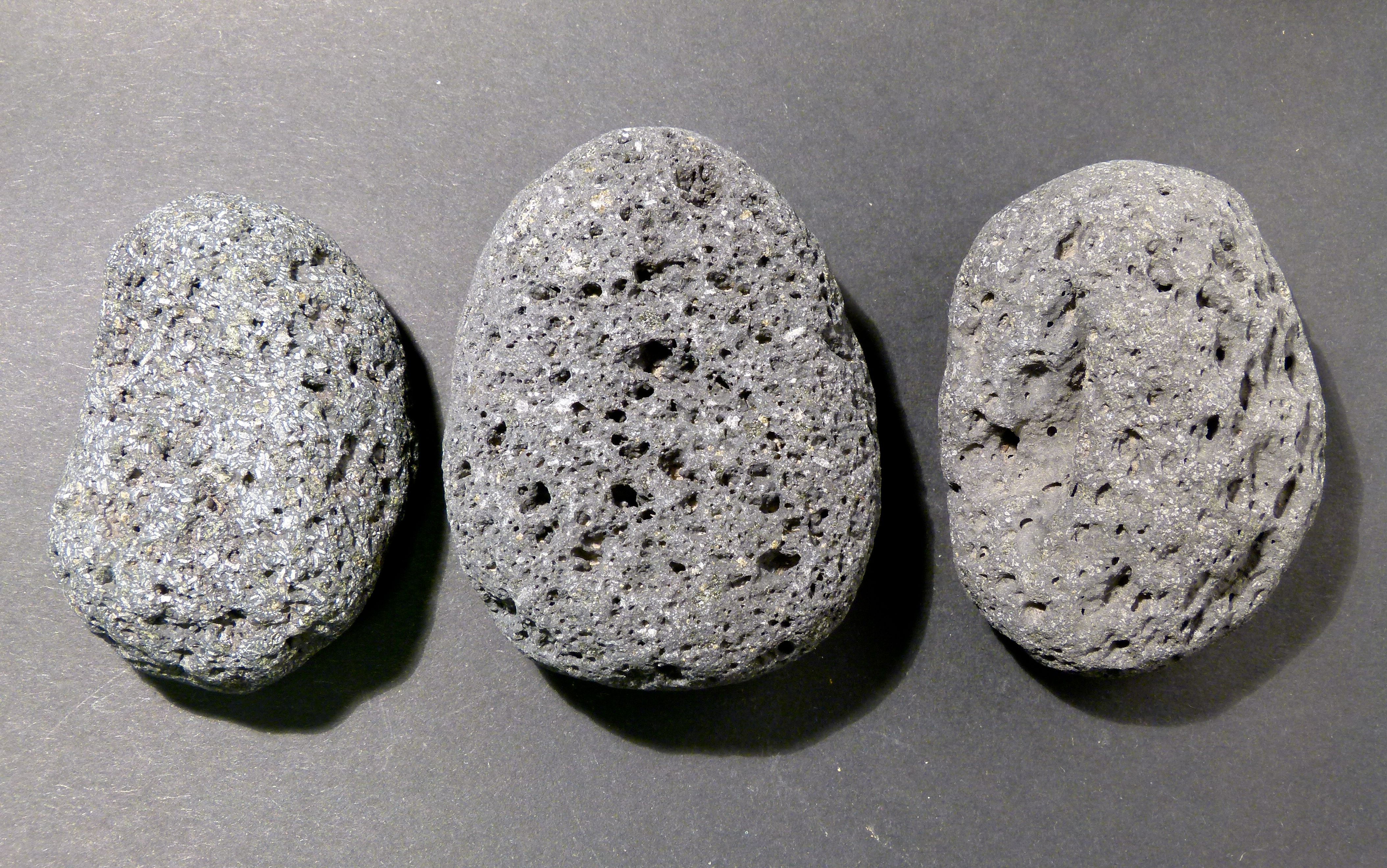
6. **Pumice Stone Method**When pet hair goes beyond superficial layers and becomes deeply embedded, demanding a more aggressive yet effective approach, an often-overlooked hero emerges: the pumice stone. This ingenious tool is not just for foot care; it’s “optimal for removing stubborn pet hair,” as emphasized by car detailer Big’s Mobile Detailing. What’s more, it’s a “cheap and affordable option” readily available, sometimes even found in the plumbing aisle.
Before unleashing the power of the pumice stone on your car seats, “test fabric and your upholstery” in an inconspicuous area. While pumice is effective, some delicate fabrics might not respond well to its abrasive texture. Once compatibility is ensured, prepare for a cleaning process that combines the mechanical action of the stone with a clever anti-static solution. A “Pumice Stone Removal Recipe” involves diluting fabric softener in a spray bottle with water. Lightly misting upholstery helps to “break the static bond that holds the hair in place.”
With your upholstery prepped, it’s time to put the pumice stone to work. The technique is simple but crucial: “wipe the surface in one direction with the pumice stone.” Avoid scrubbing back and forth. A consistent, unidirectional motion allows the stone’s abrasive yet porous surface to grab and pull embedded hairs from the fabric fibers. You’ll notice the hair gathering into rolls or clumps, which can then be easily picked up.
As you collect hair, the pumice stone will become covered. To keep it effective, “spray the stone with the fabric softener solution or dip inside a bucket of water to rinse off the hair.” This periodic cleaning ensures the stone continues to make direct contact with the upholstery, maintaining its hair-gathering efficiency. Tools like the Fur-Zoff are specialized, but a generic pumice stone can be equally effective, proving that the best solutions come from unexpected places.
Read more about: Unveiling the Secrets: How Ancient Egyptians Mastered the Art of Cutting Through Solid Rock
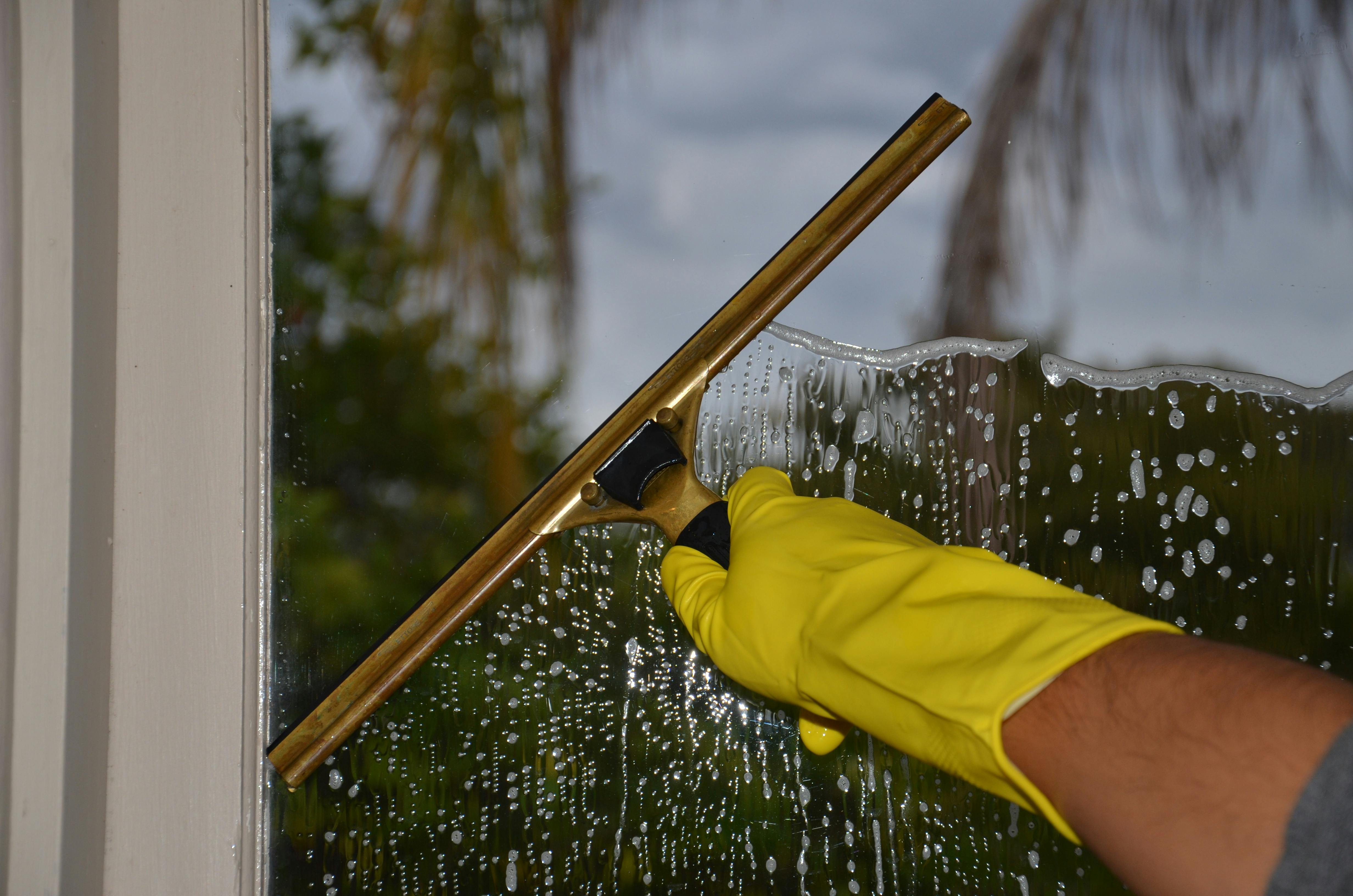
7. **Squeegee**Here’s another household item that doubles as an incredible pet hair remover: the humble squeegee. Typically reserved for streak-free windows, the “rubber blade of the squeegee is an excellent and affordable option” for banishing pet hair from your car’s interior. Its unique design and material make it surprisingly effective at gathering even deeply embedded fur from cloth seats and carpets. It offers a quick and efficient cleaning solution for pet owners.
The effectiveness of the squeegee stems from its rubber blade’s ability to create significant friction when dragged across fabric surfaces. This friction, as the context notes, “pulls hair from the fibers of car seats,” gathering it into manageable piles. Unlike a vacuum that relies on suction or a lint roller that uses adhesive, the squeegee physically scrapes the hair out of the weave, making it particularly powerful on textiles where fur tends to cling stubbornly. It works wonders on various surfaces, from upholstery to floor mats.
To wield a squeegee against pet hair, the technique is straightforward: “Run the squeegee blade from top to bottom, making sure to only go in a single direction.” This unidirectional motion is crucial, as moving it back and forth can re-embed the hair. As you glide the rubber edge across the seat or carpet, you’ll observe the blade catching the hair, accumulating it into dense rolls or clumps. These hair piles can then be easily picked up by hand or vacuumed away.
A key part of maintaining the squeegee’s effectiveness is to “remove the hair from the squeegee as you clean.” Periodically clear the collected fur from the blade to ensure it continues to make good contact with the fabric and effectively pull more hair. Squeegees are widely available and come in various sizes, allowing you to choose the perfect fit for your car’s interior. This method is “appreciated for its quick and effective hair removal without leaving any residue,” making it a clean and chemical-free option.
Now that we’ve covered the fundamental strategies for initial pet hair removal and prevention, it’s time to dig deeper into some truly ingenious and often overlooked hacks. These next seven methods will arm you with a comprehensive arsenal, tackling even the most stubborn fur and ensuring your car interior is impeccably clean. Get ready to discover clever ways to leverage everyday items and specialized tools to achieve that hair-free haven you’ve been dreaming of.
Read more about: Transform Your Look: 3 Haircuts to Avoid Over 40 and Stylish Alternatives

8. **Balloon Method**Believe it or not, a simple inflated balloon can be a surprisingly effective tool for tackling loose pet hair, especially on smooth surfaces like leather seats. This method harnesses the power of static electricity, a natural phenomenon that makes hair cling to the balloon without causing any harm to your car’s precious upholstery. It’s a gentle yet powerful trick for those visible, superficial hairs that collect on surfaces.
To employ this clever hack, inflate a standard balloon. Then, gently wipe the inflated balloon across your car’s interior surfaces where you see unwanted hair. As you rub the balloon, it generates a static charge, which then attracts and lifts the loose pet hair directly onto its surface. It’s an almost magical display of physics at work, transforming a party favor into a cleaning superhero.
Once the balloon collects a noticeable amount of hair, simply wipe it clean with your hand or a cloth, or even rinse it off, and repeat the process until your surfaces are hair-free. It’s important to remember, however, that while excellent for loose hair, the static generated by a balloon is generally not strong enough to lift deeply embedded strands. For those, you’ll need to turn to other, more robust methods, but for quick clean-ups, the balloon is a fantastic, non-damaging solution.
Read more about: Dealership Dirt Uncovered: 15 Sneaky Car Sales Tactics Every Buyer Needs to Master
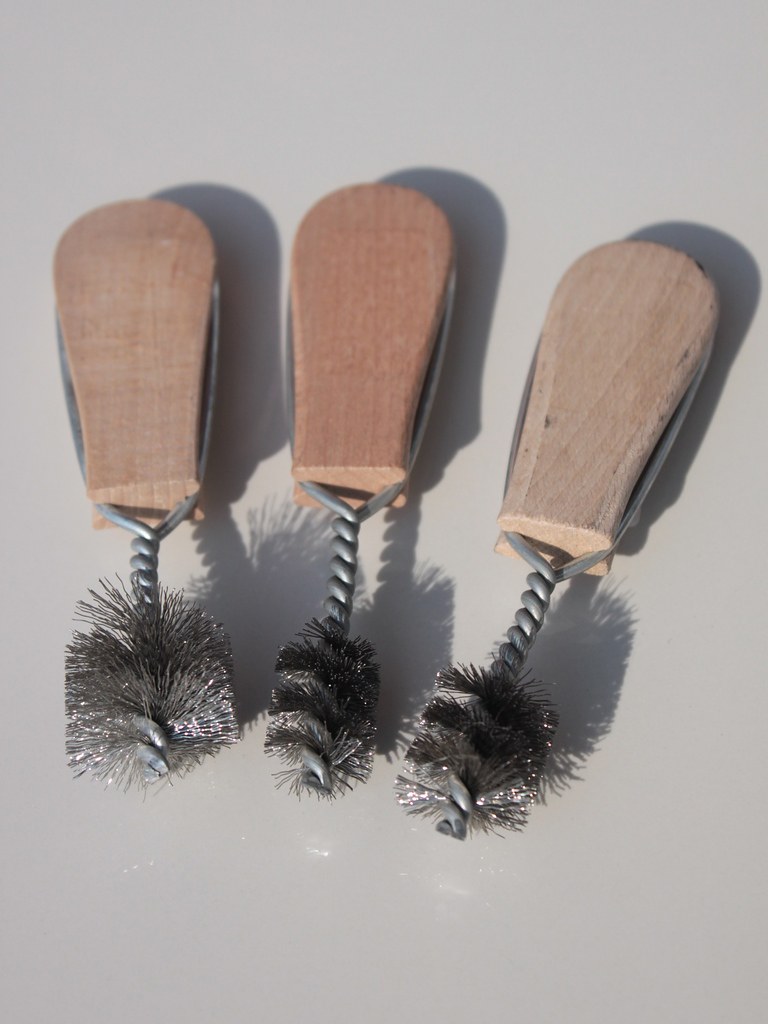
9. **Wire Brush or Rubber Bristle Brush**Sometimes, despite your best efforts with other methods, some pet hair simply refuses to budge. When fur becomes deeply intertwined with your car’s carpet or upholstery, a more assertive approach is needed. In these challenging scenarios, a wire brush or a brush equipped with robust rubber bristles can be your ultimate weapon against stubborn, embedded hair. These specialized brushes are designed to dig a little deeper, providing the mechanical action needed to dislodge tenacious strands.
To maximize the effectiveness of a wire or rubber bristle brush, it’s crucial to follow a technique similar to that used with a pumice stone. The key is to always brush in a single direction. This unidirectional motion allows the bristles to actively pull the hair out of the fabric fibers, gathering it into clumps that can then be easily picked up or vacuumed away. It’s a methodical approach that yields impressive results on persistent hair.
It’s paramount to avoid using a back-and-forth scrubbing motion, as this will only serve to further embed the hair into your upholstery, making your task even more difficult. The goal is to lift and extract, not to push. By applying consistent pressure and always moving in one direction, you empower these brushes to effectively liberate your car’s interior from even the most deeply set pet hair, making them invaluable tools in your cleaning arsenal.
Read more about: Avoid These 12 Barbecue Blunders: Your Ultimate Guide to Mastering the Grill for Edible Success
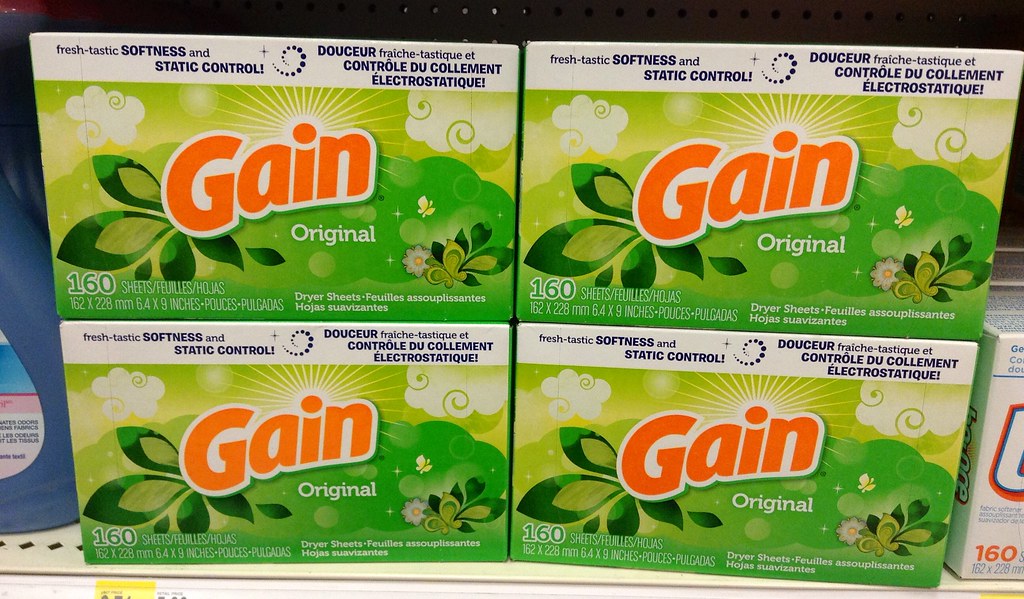
10. **Dryer Sheets**When dealing with more delicate car upholstery, such as microfiber, traditional abrasive tools or sticky tapes can sometimes cause concern about damage or residue. This is where dryer sheets step in as an excellent, gentle alternative for pet hair removal. They offer a simple yet effective way to tackle loose hair without posing a risk to the fabric’s integrity or its delicate nap, making them a surprisingly good solution for sensitive materials.
The magic of dryer sheets lies in their ability to reduce static electricity and their slightly textured, yet soft, surface. As you wipe a dryer sheet across the surfaces you wish to clean, it effortlessly picks up stray hairs. The static-reducing properties help to loosen the hair’s grip on the fabric, while the sheet itself acts like a magnet, attracting and collecting the liberated fur.
This method is remarkably straightforward: just grab a dryer sheet and wipe it over your seats, floor mats, or any other fabric surface where pet hair has settled. You’ll observe the dryer sheets efficiently picking up the hair, leaving your upholstery cleaner and perhaps even imparting a fresh scent. For quick touch-ups or surfaces requiring a gentle touch, dryer sheets offer a convenient and damage-free solution to a furry problem.
Read more about: The Bedding Bailout: One Sleepover Horror Story That Proves Why Clean Sheets Are the Ultimate Escape Plan
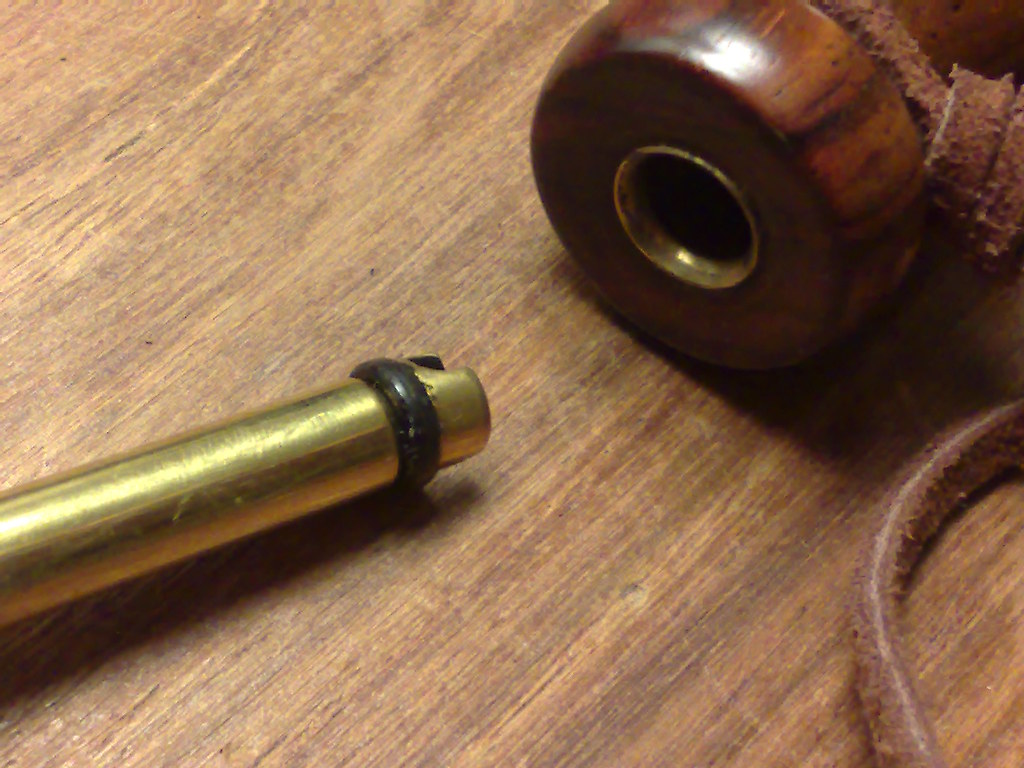
11. **Compressed Air**If you’re like many car owners, you probably have an air compressor in your garage for various vehicle-related tasks. This powerful tool can be repurposed into an excellent ally in the battle against pet hair, especially for those frustrating, hard-to-reach places where fur loves to gather. Compressed air offers a non-contact, forceful solution for blasting hair out of crevices and seams that traditional vacuums struggle to penetrate.
To effectively use compressed air, connect the appropriate nozzle to your air compressor, ensuring you have enough pressure to dislodge the hair. Carefully aim the hose into all those tight spots, corners, and under-seat areas where pet hair tends to accumulate. The forceful stream of air will effectively blow the embedded hair out from its hiding places, making it accessible for collection.
For optimal results, consider pairing the compressed air method with a rubber or wire brush. As the air dislodges the hair, the brush can help to gather it into more manageable piles, preventing it from scattering everywhere and making cleanup easier. Remember to work strategically, aiming to blow hair towards a central area or an exit point, rather than simply dispersing it throughout the car, to ensure you can gather and dispose of it efficiently.
Read more about: Beyond the Hype: Unpacking 15 Infamous Rides That Earned a ‘Jerk Car’ Reputation Among Enthusiasts
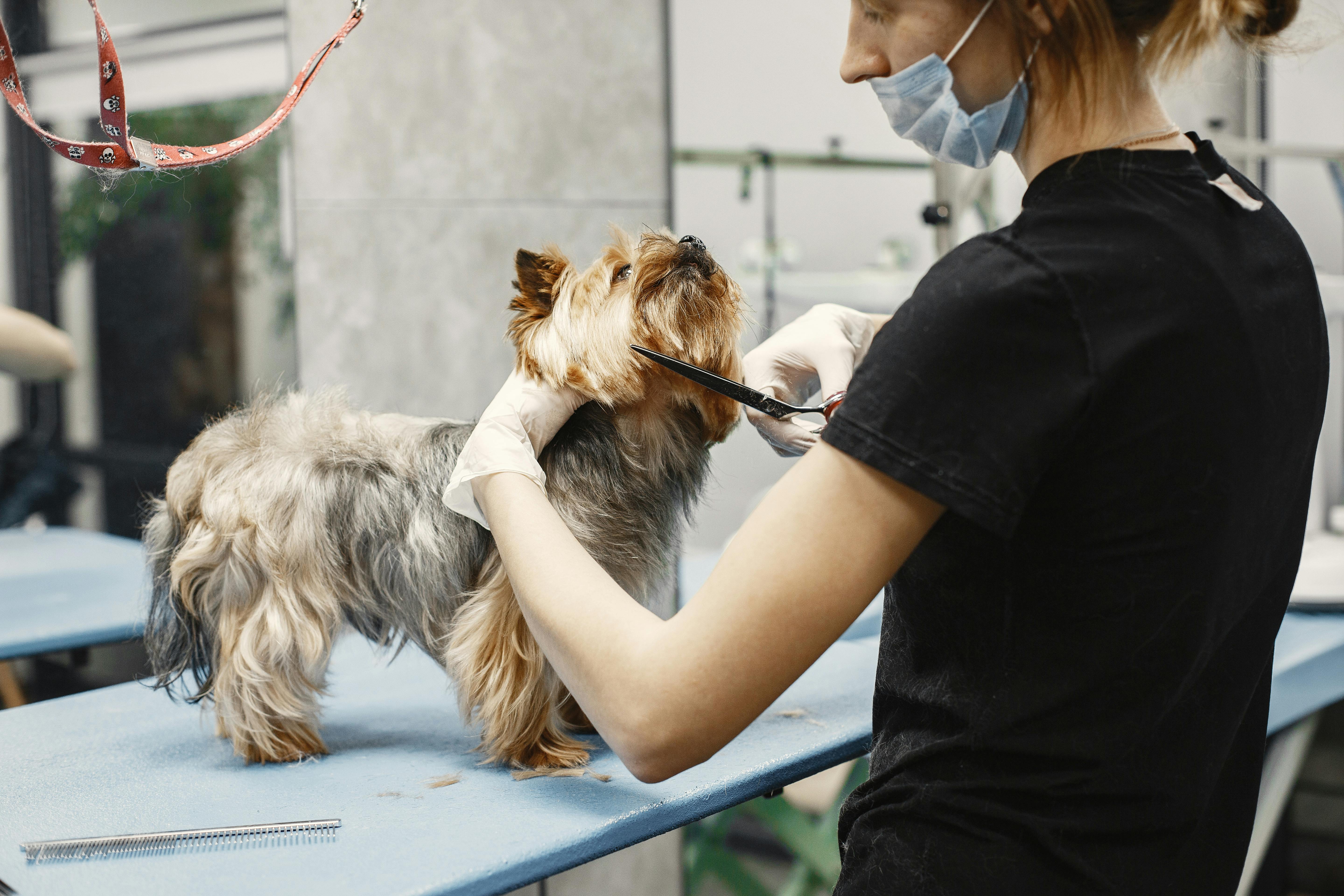
12. **Dog Grooming Tool (Glove/Mitt)**While general rubber gloves are effective, specialized dog grooming tools, particularly grooming gloves or pet hair removal mitts, offer a unique and highly efficient approach to cleaning pet hair from your car. These tools are designed not just for washing or deshedding your pet, but also to effectively transfer their hair-gathering prowess to your car’s interior. They represent a harmonious blend of pet care and car cleaning.
The design of a grooming glove, often featuring soft rubber nubs or bristles, makes it incredibly adept at attracting and capturing loose hair. When you groom your dog with such a glove, all the shed hair naturally sticks to its surface. The same principle applies when you use it on your car seats: the glove’s textured surface creates friction and static, causing pet hair to cling to it with remarkable efficiency.
To put this hack to work in your car, simply put on the grooming glove or mitt and stroke the car’s interior surfaces with the same motion you would use to pet your dog. This gentle yet firm action allows the glove to collect vast amounts of hair from upholstery, carpets, and even floor mats. It’s a wonderfully tactile and satisfying way to clean, making light work of random dog or cat hair and leaving your car feeling fresh.
Reclaiming your car from the persistent presence of pet hair doesn’t have to be an endless struggle. With these innovative and practical hacks, you now possess a comprehensive toolkit to maintain a pristine, fur-free interior. From leveraging static electricity to utilizing household items in clever ways, each strategy empowers you to tackle pet hair head-on. Embrace these solutions, and enjoy every journey with your beloved furry friends in a vehicle that feels as clean and comfortable as home. You’ve got this!


